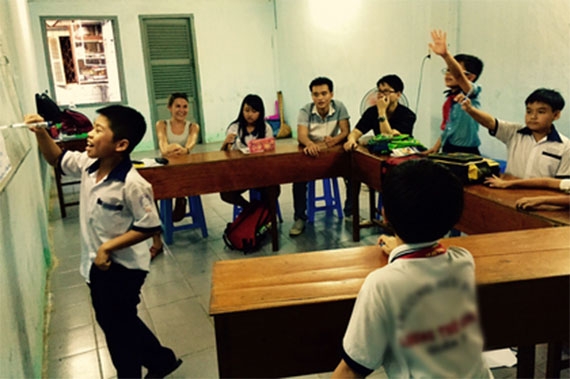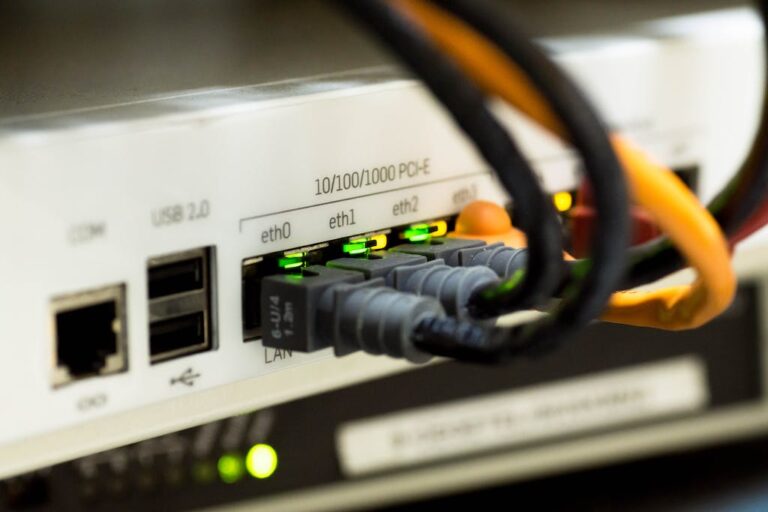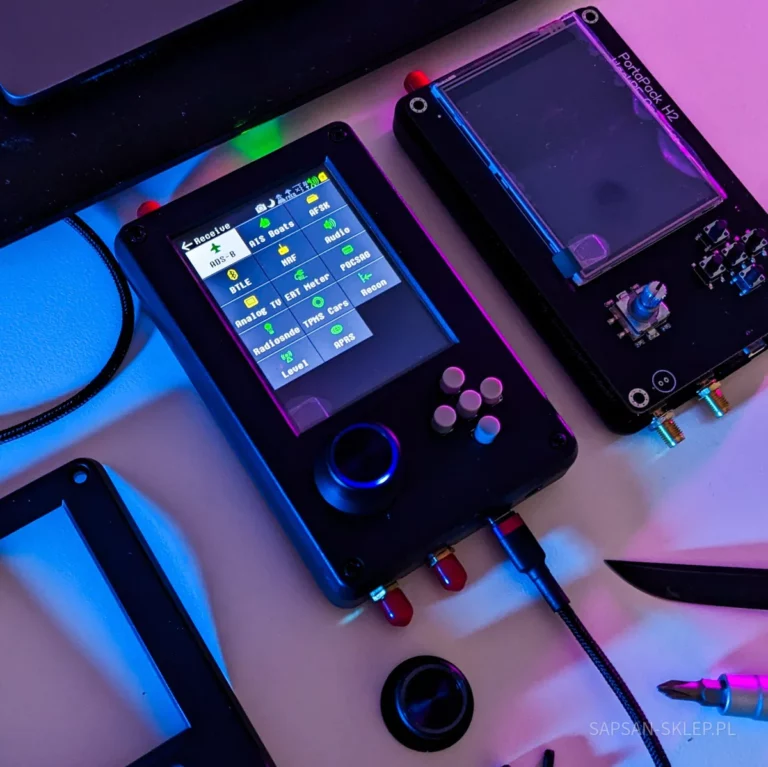The educational landscape in Vietnam is defined by a profound emphasis on academic success and a fiercely competitive schooling structure. Vietnamese students commonly encounter a demanding curriculum and significant pressure to excel academically.
This prioritization of education is evident in the nation’s impressive literacy rates and notable achievements in global assessments.
However, alongside these accomplishments, the Vietnamese education system grapples with challenges including overcrowded classrooms, resource deficiencies, and unequal access to quality education, particularly between urban and rural regions.
Initiatives are underway to tackle these obstacles and enhance the educational standards across Vietnam.
The Rise Of Edtech In Vietnam:
The integration of educational technology (edtech) into Vietnam’s education system has yielded significant results.
By incorporating technology within classrooms, learning experiences have become more interactive and stimulating. Students now have access to a vast array of online resources and educational materials, enriching their comprehension and knowledge.
Moreover, edtech facilitates collaboration and communication among both students and teachers through virtual platforms. This shift has not only modernized traditional teaching methods but has also widened access to education for a broader audience.
One of the key benefits of edtech lies in its capacity to customize learning experiences according to the unique needs of individual students, thereby enabling a personalized and adaptable approach.
Additionally, edtech has played a pivotal role in narrowing the educational gap between rural and urban areas by ensuring equal access to high-quality education. The emergence of edtech in Vietnam has indeed transformed the educational landscape, equipping students with the essential skills needed to thrive in today’s world.
Transforming Classroom Learning:

The educational landscape in Vietnam is currently undergoing a significant transformation, shifting from traditional classroom settings to interactive platforms.
These platforms are designed to captivate students in a more dynamic and immersive manner. One such innovative approach is the flipped classroom, which redefines the conventional teaching model.
Rather than passively receiving information during class and applying it at home, students are introduced to new concepts through online resources prior to the lesson.
In the classroom, teachers then facilitate discussions, address queries, and engage students in hands-on activities. This method promotes active participation, critical thinking, and collaboration among peers.
Through the utilization of interactive learning platforms and the adoption of the flipped classroom approach, Vietnam is fostering a more engaging and impactful educational environment.
Personalized Learning For Students:

Education VietnamTimes offers personalized learning experiences tailored to meet the individual needs and aspirations of students. Through customized learning pathways, students are empowered to navigate their educational journey with flexibility and relevance.
By harnessing adaptive learning technologies, students can benefit from a personalized approach that adjusts to their unique learning styles and preferences.
These innovative technologies analyze student performance and deliver real-time feedback, enabling educators to pinpoint areas for growth and enhancement.
With personalized learning, students can engage in self-paced study, explore diverse educational resources, and participate in interactive activities that foster deeper understanding and long-term retention.
This student-centered approach cultivates a profound comprehension of concepts and instills a lifelong passion for learning. Education VietnamTimes empowers students to seize control of their educational experiences, equipping them with the tools they need to thrive and excel in an ever-changing global landscape.
FAQ’s
1. What defines the educational landscape in Vietnam?
The educational landscape in Vietnam is characterized by a strong emphasis on academic success and a highly competitive schooling structure.
2. What are some challenges faced by the Vietnamese education system?
Challenges include overcrowded classrooms, resource deficiencies, and unequal access to quality education, particularly between urban and rural areas.
3. How has the integration of edtech impacted education in Vietnam?
Edtech has made learning more interactive and stimulating, widened access to education, and facilitated personalized learning experiences for students.
4. What is the flipped classroom approach, and how does it transform teaching and learning?
The flipped classroom reverses the traditional teaching model by introducing new concepts through online resources prior to the lesson. In-class time is then dedicated to discussions, hands-on activities, and collaborative learning.
5. How does Education VietnamTimes cater to personalized learning for students?
Education VietnamTimes offers customized learning pathways and utilizes adaptive learning technologies to tailor learning experiences to individual student needs and preferences.
6. What are the benefits of personalized learning for students?
Personalized learning allows students to engage in self-paced study, explore diverse educational resources, and participate in interactive activities that promote deeper understanding and long-term retention.
7. How does technology facilitate collaboration and communication among students and teachers?
Technology enables virtual platforms for collaboration and communication, fostering interaction and engagement among both students and teachers.
8. How does Education VietnamTimes empower students to take control of their educational experiences?
Education VietnamTimes empowers students by providing real-time feedback, enabling them to identify areas for growth, and offering flexible learning options to suit their individual needs and goals.
9. What role does Education VietnamTimes play in narrowing the educational gap between rural and urban areas?
Education VietnamTimes ensures equal access to high-quality education through its personalized learning approach and utilization of edtech, thereby bridging the gap between rural and urban areas.
10. How does Education VietnamTimes contribute to preparing students for success in today’s world?
Education VietnamTimes equips students with essential skills and knowledge through personalized learning experiences, fostering a lifelong passion for learning and enabling them to thrive in an ever-changing global landscape.
Conclusion
Vietnam’s education system is currently undergoing significant progress and reforms to align with the evolving demands of the modern world. The government has made substantial investments to enhance access to education and elevate the quality of teaching and learning across the country.
Students now benefit from a more holistic curriculum that emphasizes critical thinking, creativity, and problem-solving skills. Integration of technology in classrooms has opened up new avenues for interactive and engaging learning experiences. Additionally, collaborative efforts between the government, educational institutions, and local communities have fostered a stronger support network for students.
Despite persistent challenges such as the shortage of qualified teachers and the digital gap in remote areas, there is a clear dedication to advancing education. The future of education in Vietnam appears promising, with a strong emphasis on equipping students with the essential skills and knowledge needed to excel in a rapidly evolving global landscape.
Read:





